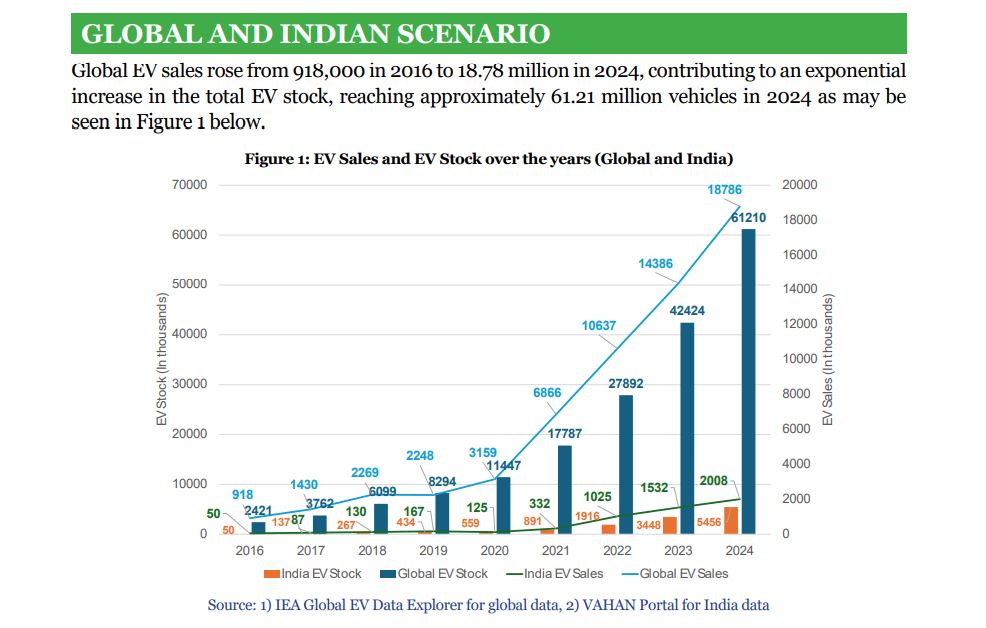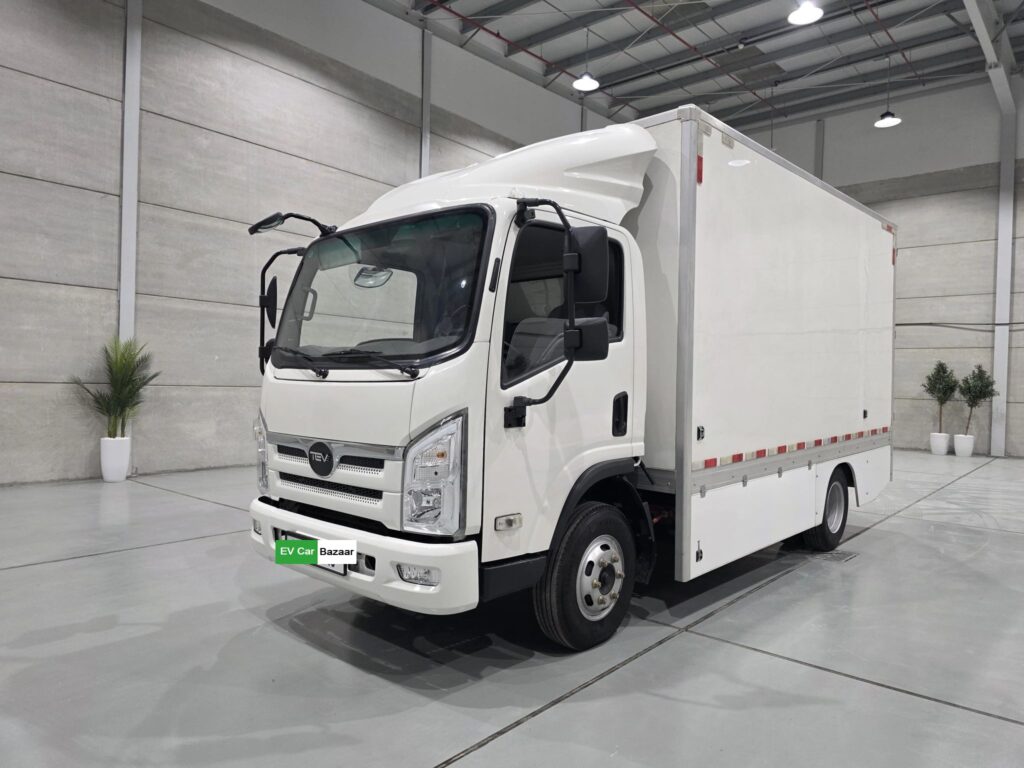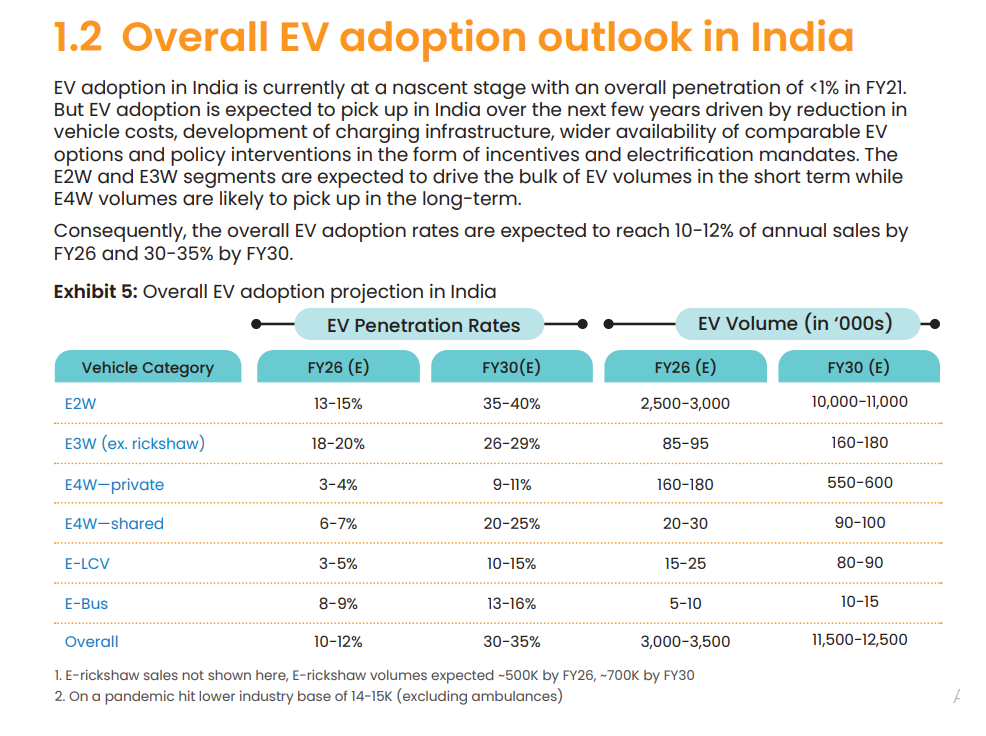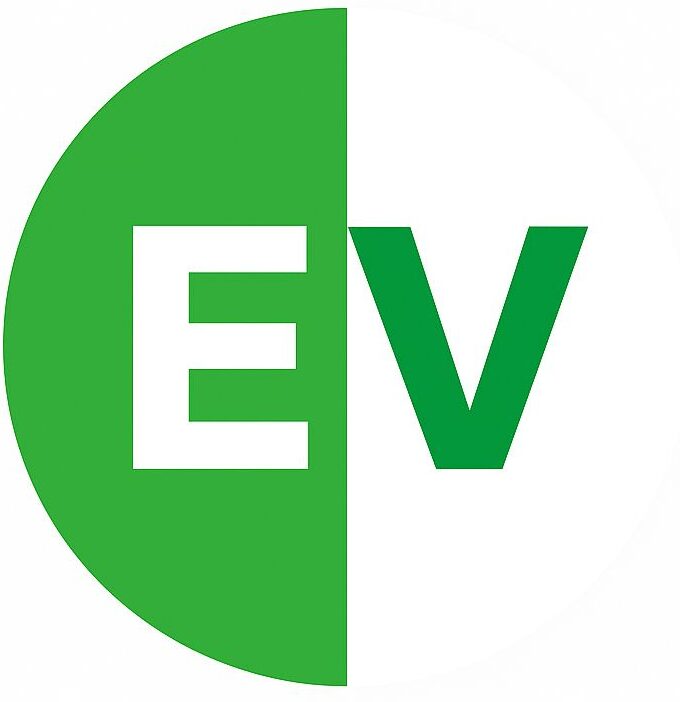India today stands at one of the most decisive moments in its automotive history. The nation’s journey with mobility has always reflected its larger economic and social ambitions from scooters that defined middle-class aspirations in the 1980s to cars that symbolized growth in the 2000s. Now in the 2020s, the next defining chapter is being written with electricity not fuel. At the center of this narrative is NITI Aayog pathbreaking report “Unlocking a $200 Billion Opportunity: Electric Vehicles in India.
What makes this report so significant is not the headline-grabbing figure of $200 billion but the carefully drawn roadmap it lays out. It doesn’t just dream it plans. From today’s modest 7.6% EV market share. it envisions a future where 30% of all new vehicles sold by 2030 are electric. And the document provides not just numbers, but strategy, direction and a new way of thinking.
From Modest Beginnings to a Surge of Momentum
Rewind to 2016. India had sold just about 50,000 EVs that year. At the time electric mobility felt like a niche curiosity something futuristic, perhaps too early for the Indian market. Fast forward to 2024 and the transformation is undeniable: sales have soared to 2.08 million units.

This growth is not accidental. It has been fueled by urban aspirations, shifting consumer mindsets and decisive government policies like FAME-II and state-level incentives. And yet when we look at the global picture India’s progress appears cautious rather than bold.
Between 2016 and 2024, global EV sales skyrocketed from 918,000 units to 18.78 million. India, by contrast still represents just about two-fifths of the global EV penetration. This duality promising growth but lagging behind the world is what makes NITI Aayog’s intervention so urgent and so timely.
From Subsidies to Strategy: A Policy Turning Point
In its early years, India’s EV policy leaned heavily on subsidies. Buyers received incentives and manufacturers enjoyed support. While these measures helped jumpstart the ecosystem, they were never meant to be permanent crutches.
NITI Aayog’s report signals a turning point: India must move from subsidies to strategy. This means replacing short-term financial incentives with structural reforms, mandates and disincentives for polluting alternatives.
- Stricter emission standards for new ICE vehicles.
- Mandatory zero-emission quotas for public and private fleets.
- Incentives tied exclusively to pure battery electric vehicles (BEVs) rather than hybrids that still rely on fossil fuels.
The message is clear India will no longer treat EVs as experiments. They are now central to national mobility policy.
Prioritizing High-Impact Segments and Cities
India is too large and diverse to be electrified in a single sweep. The report wisely proposes a targeted approach focusing first on the vehicle categories and geographies that can deliver the greatest impact.

- E-buses for public transport.
- E-trucks for freight and logistics.
- Three-wheelers, which already dominate urban short-distance mobility.
- Select pilot cities, where EV infrastructure and policies can be accelerated before scaling nationwide.
Imagine five of India’s major cities becoming fully electrified in public transit and last-mile delivery within the next decade. These demonstration hubs could serve as replicable models, providing proof that a full-scale transition is both possible and profitable.
Financing the EV Transition: Closing the Cost Gap
One of the biggest barriers to EV adoption in India is cost. While running an EV is significantly cheaper than a petrol or diesel vehicle the upfront purchase price remains high. This challenge is most acute for bus operators, truck owners and small fleet businesses the backbone of Indian transport.
Here again, NITI Aayog’s report offers solutions:
- Blended finance models that combine public funds with private investment.
- Pooled financing facilities to lower interest rates from the current 18% to a manageable 12%.
- Battery leasing and swapping models which shift the burden of upfront battery costs into predictable monthly operating expenses.
If implemented effectively these measures could democratize EV adoption ensuring the transition is not limited to affluent buyers alone.
The India Electric Mobility Index: A Race Among States
In a federal system like India’s states are not just participants they are leaders. To harness this competitive spirit, NITI Aayog has introduced the India Electric Mobility Index (IEMI).

- Delhi, Maharashtra and Chandigarh emerged as top performers.
- Their success is no coincidence. Each has rolled out robust EV policies, set ambitious charging targets and built clear roadmaps for adoption.
- Remarkably, 29 states and union territories now have dedicated EV policies a testament to how decentralized and widespread the movement has become.
This ranking system not only recognizes achievers but also creates healthy competition motivating lagging states to step up.
Zero Emission, Zero Compromise
One of the report’s boldest declarations is that only vehicles with zero tailpipe emissions will qualify for central subsidies going forward.
This is a game changing stance. While hybrids have often been positioned as a middle path, the government is drawing a firm line if the goal is clean air, only pure BEVs can deliver.
It sends a powerful signal to both industry and consumers: India’s resources, attention and expectations are now firmly aligned with full electrification.
Unlocking the $200 Billion Opportunity
The headline number $200 billion is not just about market size. It represents a deeper transformation:
- Growth in domestic manufacturing from batteries to charging equipment.
- Sharp reductions in fuel imports saving billions in foreign exchange.
- Creation of millions of jobs across the value chain.
- Integration of EVs with India’s renewable energy mission ensuring true sustainability.
Imagine batteries designed and built in India deployed on Indian roads powering Indian businesses. That is the vision of self-reliance NITI Aayog is championing.
What This Means for EVCarBazaar Readers
For EVCarBazaar’s audience buyers, enthusiasts and industry observers ,this report is more than policy jargon. It translates directly into choices, opportunities and responsibilities.
- For manufacturers: New regulatory commitments mean anticipating policy shifts and investing in BEVs, not just hybrids.
- For buyers: Decision-making must look beyond sticker prices. The total cost of ownership charging, maintenance, resale will define real value.
- For policymakers: Local moves matter. Road-tax waivers in Uttar Pradesh or dedicated charging corridors in Maharashtra will bring this transition alive in everyday life.
Can India Hit 30% by 2030?

The path is challenging but not impossible. The ingredients are gathering regulation, funding, infrastructure and domestic capacity. What’s needed now is synchrony among stakeholders: governments, automakers, financiers and consumers.
If aligned, India can not only meet its 30% EV sales target but also establish itself as a global leader in clean mobility. This is not just about transport. it is about power, economy, health and national pride.
At EVCarBazaar, we believe this is India’s moment. The EV revolution is not a distant dream. it is unfolding on our streets, in our policies and in our aspirations. And as readers, enthusiasts and citizens, your role in this journey is as crucial as any manufacturer or policymaker


